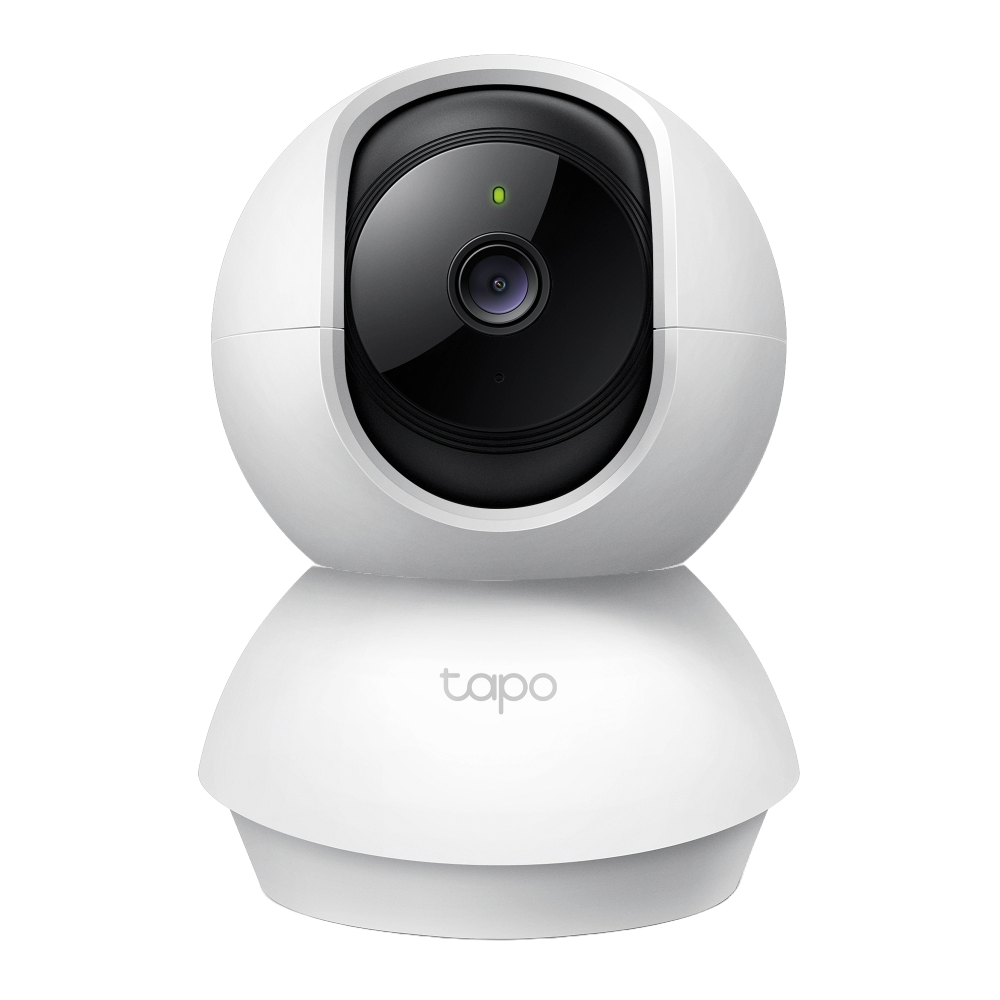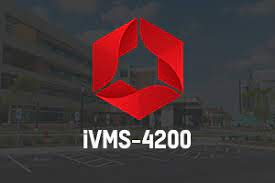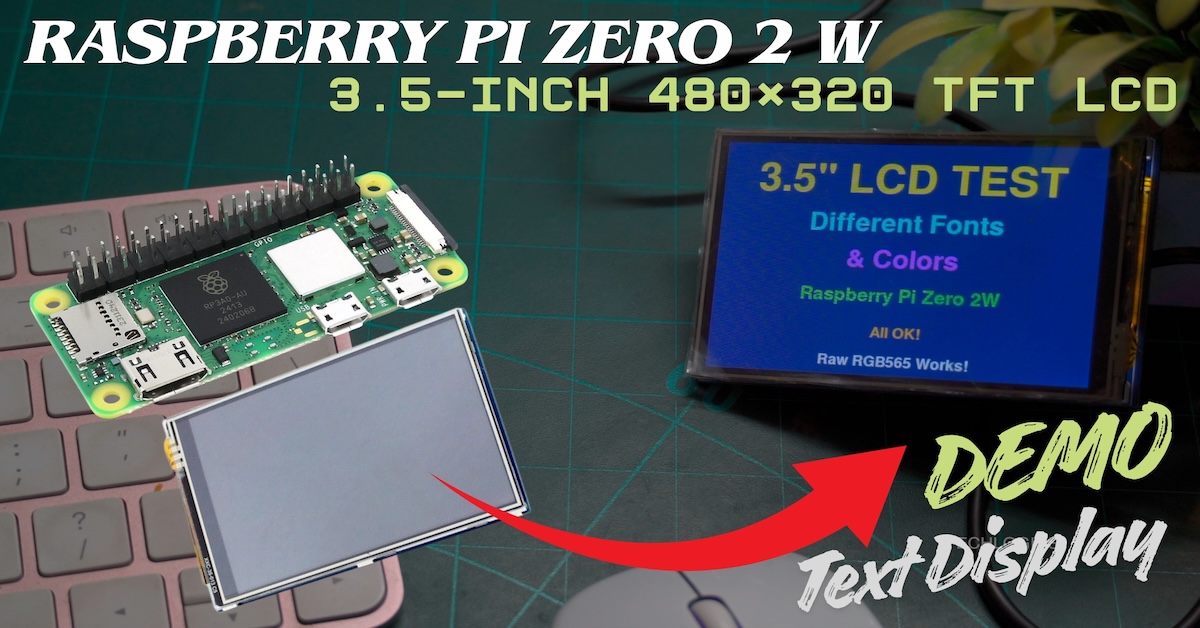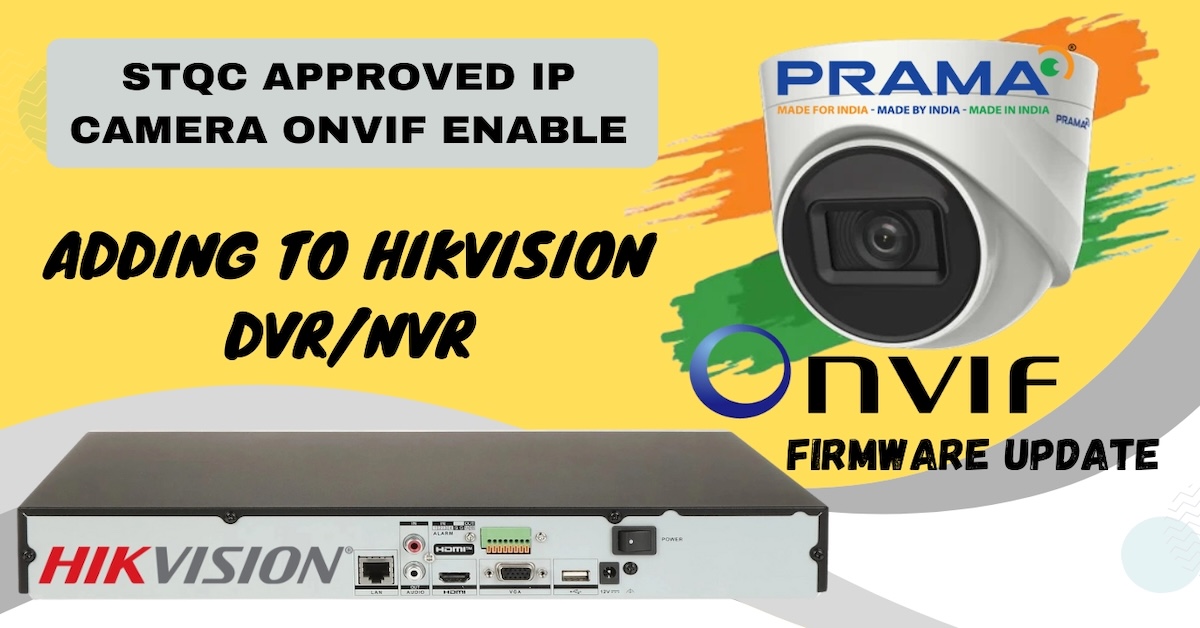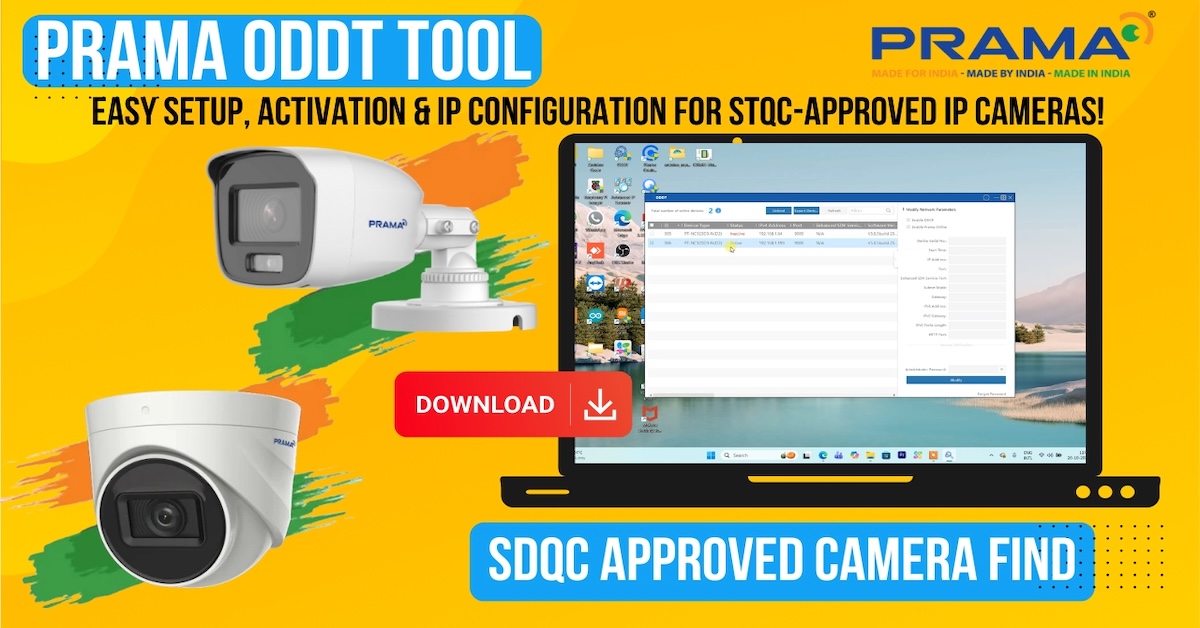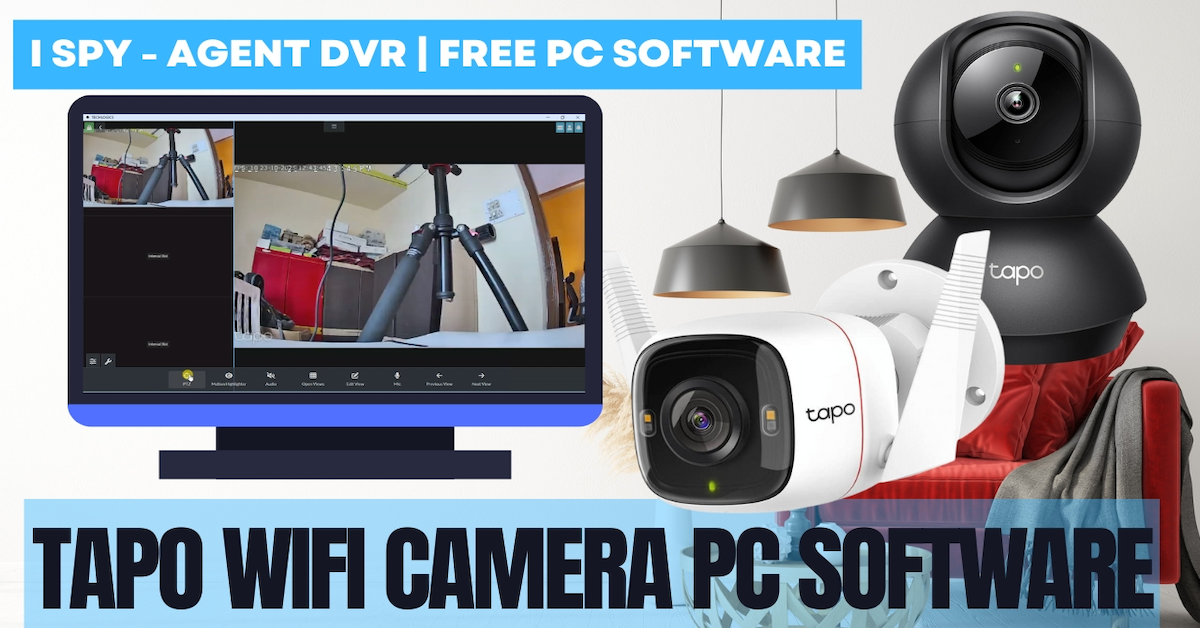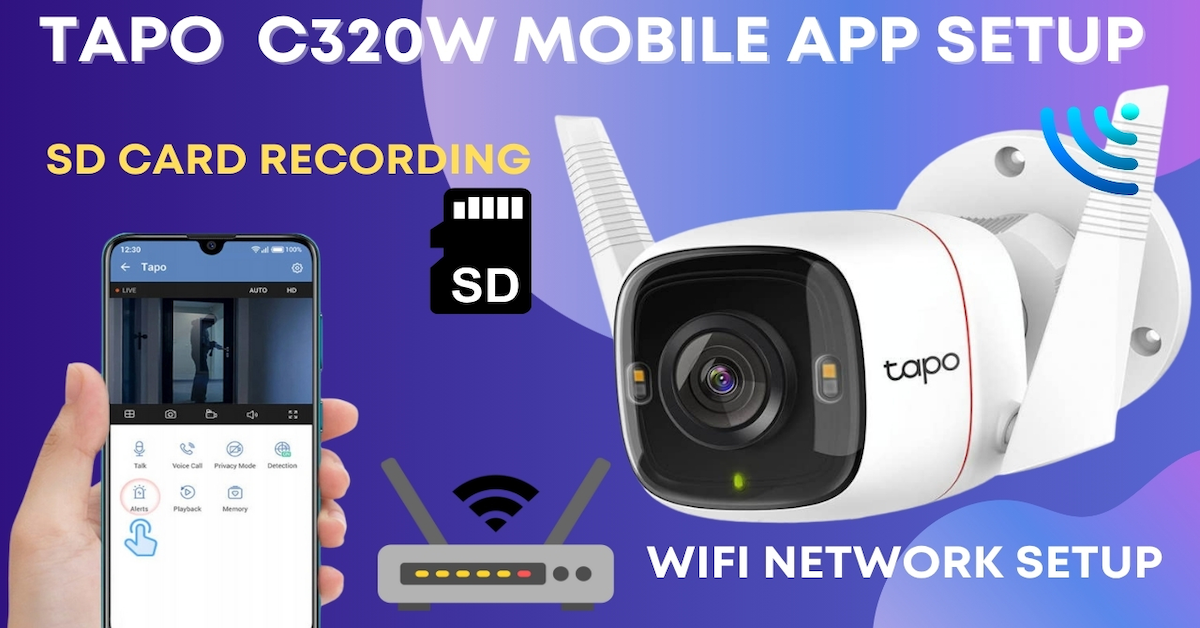Navigating the world of CCTV cameras can feel overwhelming with the multitude of options available today. Whether you’re setting up a security system for your home or a business, the right choice of camera is essential for effective surveillance and your peace of mind. Here’s a comprehensive guide to help you make an informed decision.
1. Clarify Your Surveillance Objectives
Before diving into camera specifications, take a moment to define your surveillance goals. Are you aiming to monitor high-traffic areas, deter potential intruders, or gather evidence of incidents? Having clear objectives will help you narrow down the type of camera that aligns with your security needs.
2. Understand the Different Camera Types
CCTV cameras generally fall into two categories: analog and IP (Internet Protocol).
- Analog Cameras: Typically transmitting video to a Digital Video Recorder (DVR) via coaxial cables, these traditional cameras are often more budget-friendly but usually feature lower resolution compared to IP cameras.
- IP Cameras: These advanced digital cameras connect to a network, allowing for data transmission over the internet. They provide superior image quality, remote access capabilities, and advanced features such as motion detection and cloud-based storage.
Choosing the right type of camera depends on your specific requirements and budget constraints.


3. Resolution is Critical
Camera resolution is a key factor that determines the sharpness and detail of the images captured. Common resolutions include:
- 1920 x 1080 (1080p)
- 2560 x 1920 (5MP)
- 3840 x 2160 (4K)
For comprehensive home and business security, a resolution of at least 1080p is advised to ensure clear and identifiable images. For users seeking an enhanced level of detail, 5MP cameras provide a significant improvement over 1080p, making them suitable for monitoring critical areas. For even larger expanses where fine details are essential, investing in 4K resolution cameras is highly recommended.
4. Evaluate Field of View and Lens Options
The field of view (FOV) indicates how much area a camera can capture. Wide-angle lenses (over 90 degrees) are ideal for monitoring larger spaces, while narrower lenses are better suited for more focused surveillance.
When selecting your camera, assess the layout of the space you intend to monitor and identify specific locations that require coverage. A mix of wide-angle and dedicated cameras may offer the most effective solution.
5. Assessing Low-Light Performance and Night Vision
If your surveillance needs extend into low-light or nighttime scenarios, selecting cameras equipped with robust low-light performance is essential. Look for features like infrared (IR) technology, which allows the camera to capture clear images in complete darkness.
6. Consider Wired vs. Wireless Options
CCTV cameras are typically categorized as either wired or wireless:
- Wired Cameras: These systems provide stable connections and generally deliver better video quality, although they can involve more complicated installation and cabling.
- Wireless Cameras: Easier to install and flexible in terms of placement, wireless cameras can be positioned in locations that lack nearby power outlets. However, they may be vulnerable to signal interference.
Choose the option that suits your installation preferences and the specific environment where the cameras will be deployed.
7. Storage Considerations
Think about how you plan to store recorded footage. Available options include:
- Local Storage: Utilizing a DVR or Network Video Recorder (NVR) to maintain footage on-site.
- Cloud Storage: Providing remote access and backup capabilities, although this may entail ongoing subscription fees.
Selecting a storage solution should align with your security needs, the frequency of recordings, and your budget.
8. Weather Resistance and Durability
If your cameras are intended for outdoor installation, opt for models that are weatherproof and built to withstand harsh conditions. Check for a high Ingress Protection (IP) rating—ideally IP66 or higher, which means the camera is resistant to dust and water. Consider vandal-resistant options for high-risk areas.
9. Explore Additional Features
Depending on your specific needs, consider the following features that could enhance your security system:
- Two-Way Audio: Enables communication through the camera.
- Motion Detection: Sends alerts when movement is detected.
- Remote Viewing: Allows you to monitor your camera feed from anywhere via mobile apps or online platforms.
- Smart Home Integration: Compatibility with smart home systems for synergistic control.
Conclusion
Choosing the right CCTV camera requires careful evaluation of your unique surveillance needs and the features each model offers. By clarifying your security objectives, understanding various camera types, and considering essential factors like resolution, field of view, and storage, you can make a well-informed decision that elevates the effectiveness of your security system. Investing in the right CCTV camera will not only provide peace of mind but also safeguard your property effectively, whether it’s for home or business use.
